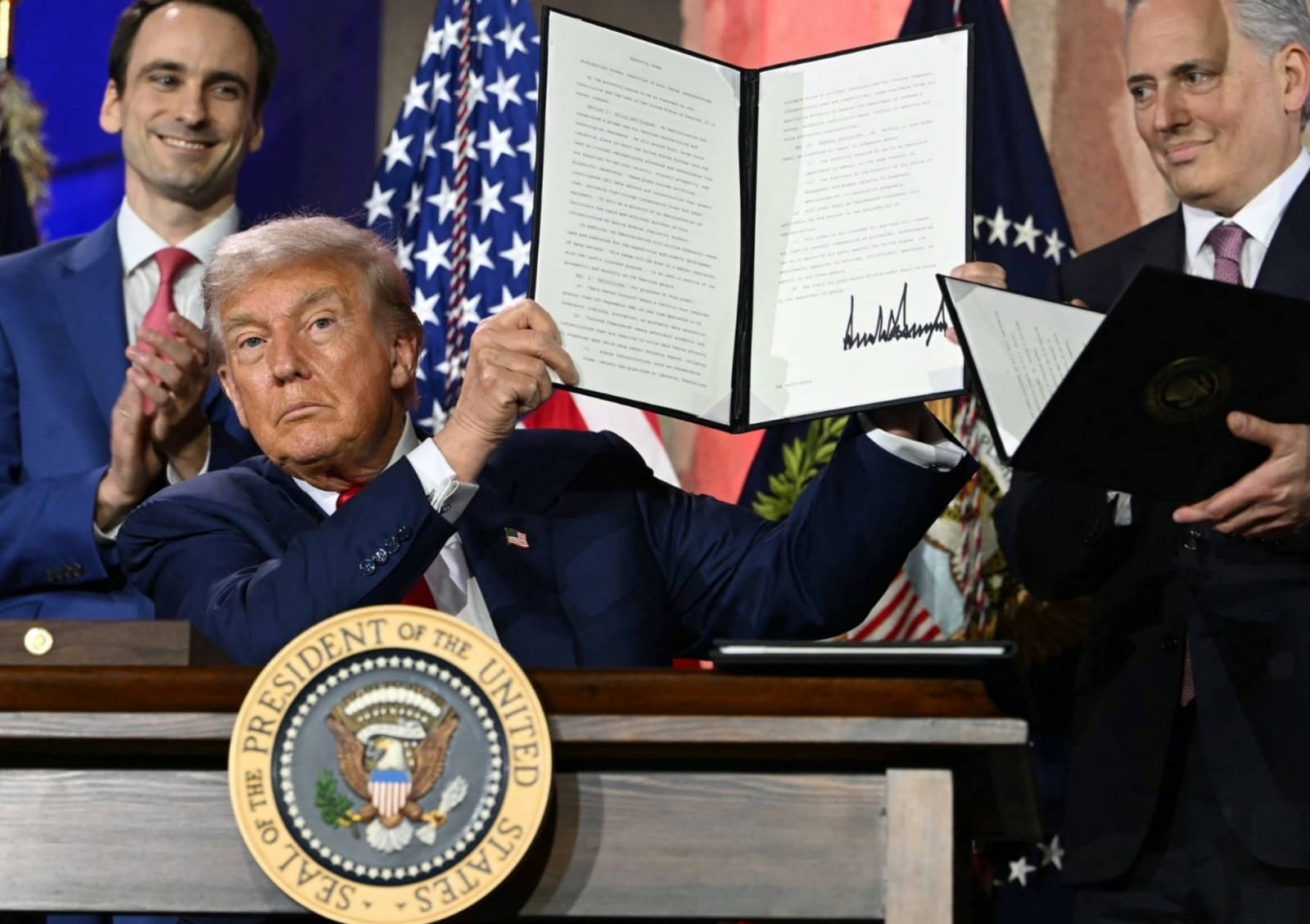
President Donald Trump's latest artificial intelligence initiative has sparked conversation not just for its ambitious goals, but for an unexpected proposal that caught audiences off guard during a Washington D.C. summit this week.
Speaking at the "Winning the AI Race Summit" on July 23, Trump revealed his desire to rename artificial intelligence entirely. "I find that too artificial, I can't stand it," he told the gathered crowd. "I don't like anything that is artificial, so could we straighten that out, please?" When the audience initially laughed, Trump clarified he wasn't joking, explaining that AI "is not artificial, it's genius. It's pure genius."
This unusual request came alongside the signing of Trump's comprehensive "AI Action Plan," a 25-page strategy document outlining America's path to global AI dominance. The plan, formalised through three executive orders, focuses on accelerating innovation, building infrastructure, and establishing international leadership in the field.
However, the most controversial aspect of Trump's AI agenda targets what the administration terms "woke AI" in federal government systems. The executive order specifically criticises diversity, equity, and inclusion (DEI) initiatives, claiming they lead to "distortion of factual information about race or sex" in AI models.
The order cites several examples to support its stance, including AI systems that allegedly altered historical figures' races or refused to create images celebrating the achievements of specific demographic groups. In one case mentioned, an AI model reportedly prioritised avoiding "misgendering" over preventing a hypothetical nuclear apocalypse.
Tech companies now face new requirements if they want to sell AI services to the federal government. They must demonstrate their systems remain "neutral" and "nonpartisan," avoiding what the administration considers ideological manipulation. The order demands that AI developers disclose internal policies governing their chatbots and ensure outputs don't include "ideological judgments" unless specifically requested.
Major AI providers, including Google, Microsoft, and OpenAI, have remained largely silent on the new directive. OpenAI stated it's awaiting detailed guidance but believes its existing objectivity measures align with Trump's requirements. Microsoft declined to comment, while other major players haven't responded to media inquiries.
The infrastructure component of Trump's plan promises to expedite data center construction across the United States, potentially lifting environmental regulations to speed development. This approach aligns with Trump's broader "American energy dominance" agenda, though experts warn it could significantly increase electricity demand and consumer costs.
Critics have drawn comparisons to China's approach to AI governance, noting similarities in using government leverage to influence technology development. However, supporters argue the directive simply requires transparency rather than direct censorship.
The plan emerges as AI technology becomes increasingly integrated into daily life and government operations. With global competition intensifying, particularly with China, Trump positions these measures as essential for maintaining American technological supremacy.
Whether tech companies will adapt their systems to meet these new requirements, or how they'll define "neutral" AI in practice remains to be seen as the industry navigates this unprecedented intersection of technology and politics.